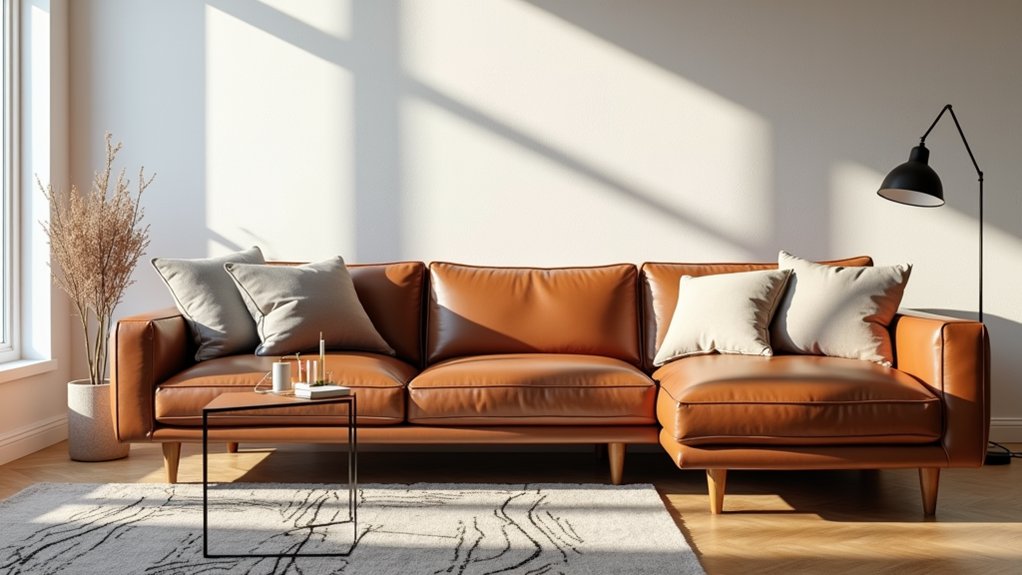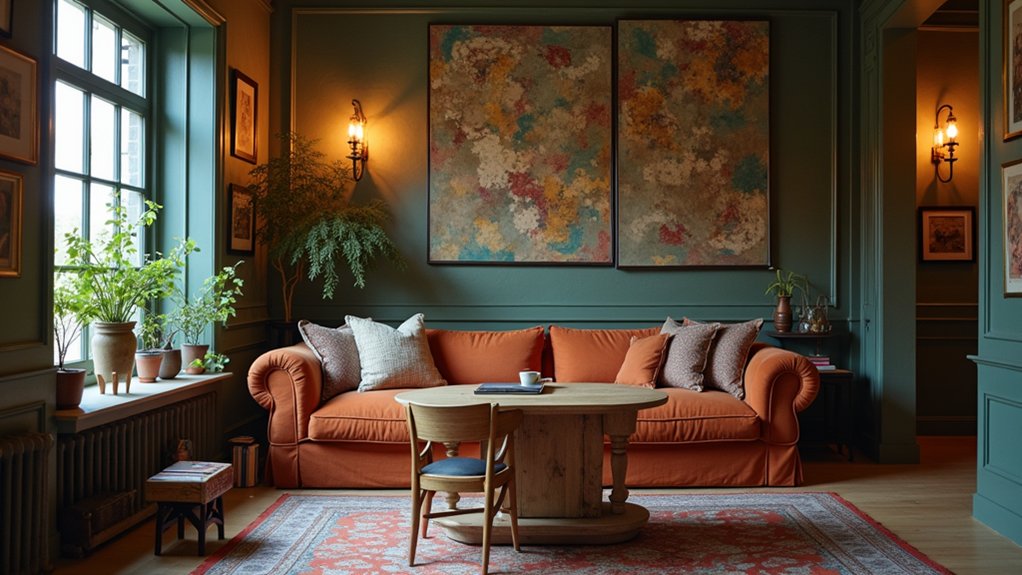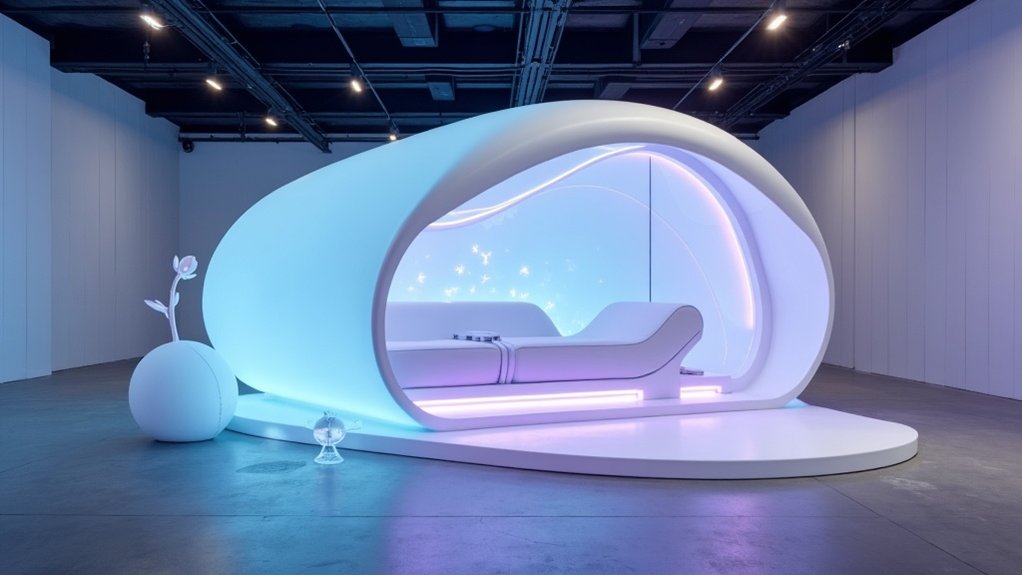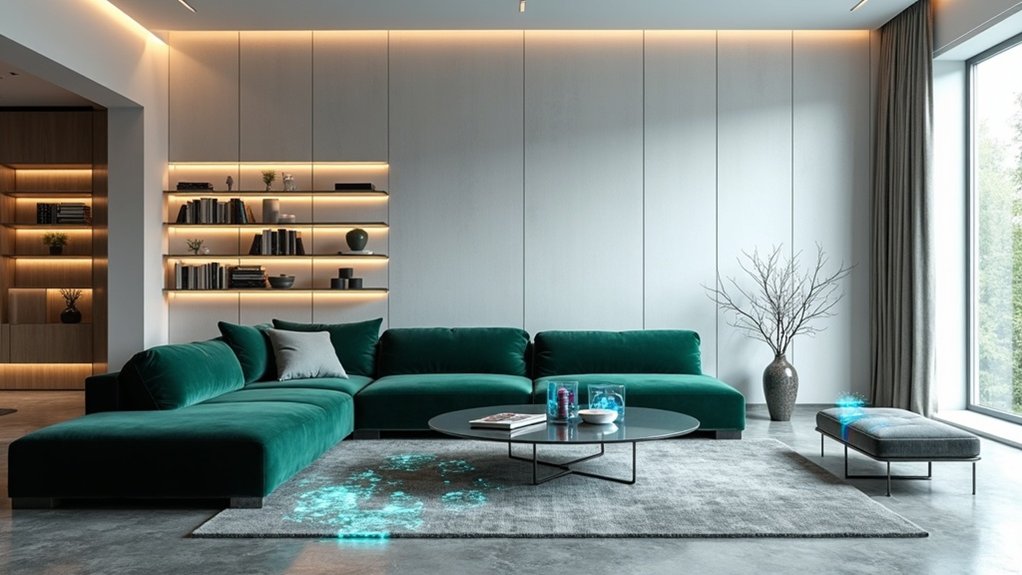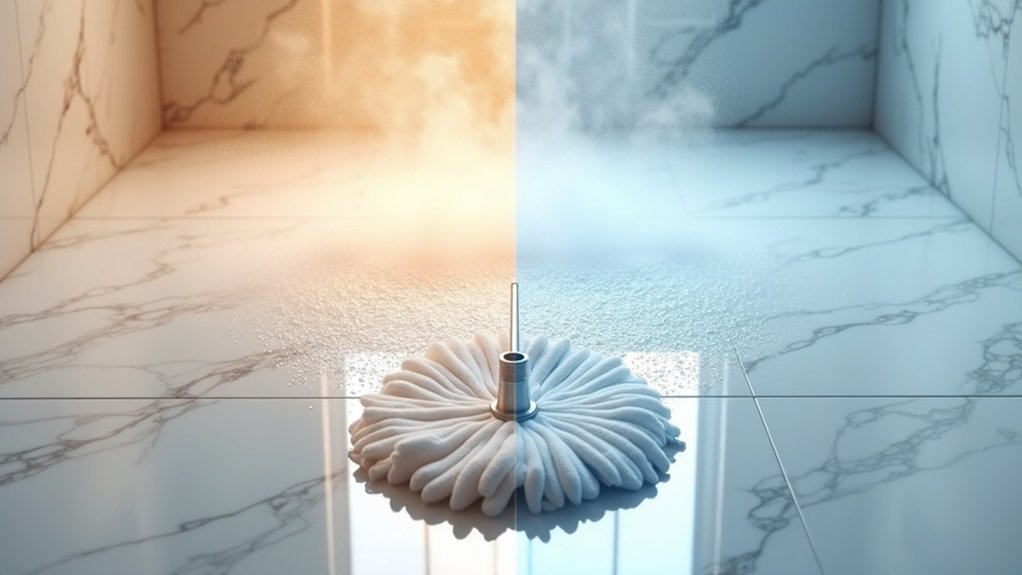When it comes to transforming a living space, few furniture pieces carry as much weight in both function and style as the perfect sofa. Interior designers consistently emphasize the importance of careful consideration when selecting this centerpiece, which often serves as both the visual anchor and primary gathering spot in a room.
Selecting the right sofa is crucial for both aesthetics and functionality, as it defines your living space's character and social dynamics.
The process begins with precise measurements, following the designer-approved "two-thirds rule," where the ideal sofa length should be approximately two-thirds the length of the wall it will sit against. Modern technology has simplified this visualization process, with tools like the IKEA Place app allowing homeowners to see true-to-scale 3D furniture models in their actual spaces before making a purchase decision.
Lifestyle considerations play a significant role in selecting the best sofa. Families with children and pets may prioritize durability and easy maintenance, leading them toward darker fabrics with nubby textures that conceal inevitable wear and stains. Removable, washable covers offer practical solutions for high-traffic households, while those primarily entertaining adults might opt for more sophisticated materials and lighter colors. Regular naps and relaxation should be factored into the seat length selection process.
The sofa's intended use significantly influences its design specifications. "A family room sofa needs to withstand daily lounging, snacking, and perhaps even the occasional overnight guest," notes furniture expert Sarah Chen. The highest quality sofas feature eight-way hand-tied springs for superior comfort and support. This multipurpose functionality often leads to selections featuring deeper seats, stain-resistant fabrics, and potentially built-in storage solutions or sleeper capabilities.
Comfort remains paramount, with experts recommending in-person testing whenever possible. Cushion composition varies significantly, from firm foam to plush feather down, affecting both comfort and longevity. Seat depth and back support should accommodate the primary users' heights and preferred sitting positions, while construction quality determines the piece's lifespan.
Style integration requires careful attention to existing décor elements. Modern spaces benefit from clean lines and minimal ornamentation, while traditional settings welcome classic details and more elaborate designs. The key lies in selecting a piece that not only meets functional requirements but also contributes to the room's overall aesthetic vision, creating a unified and inviting living space.
